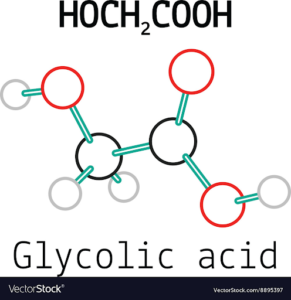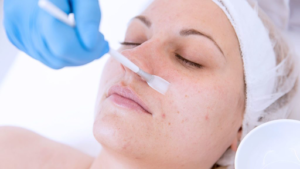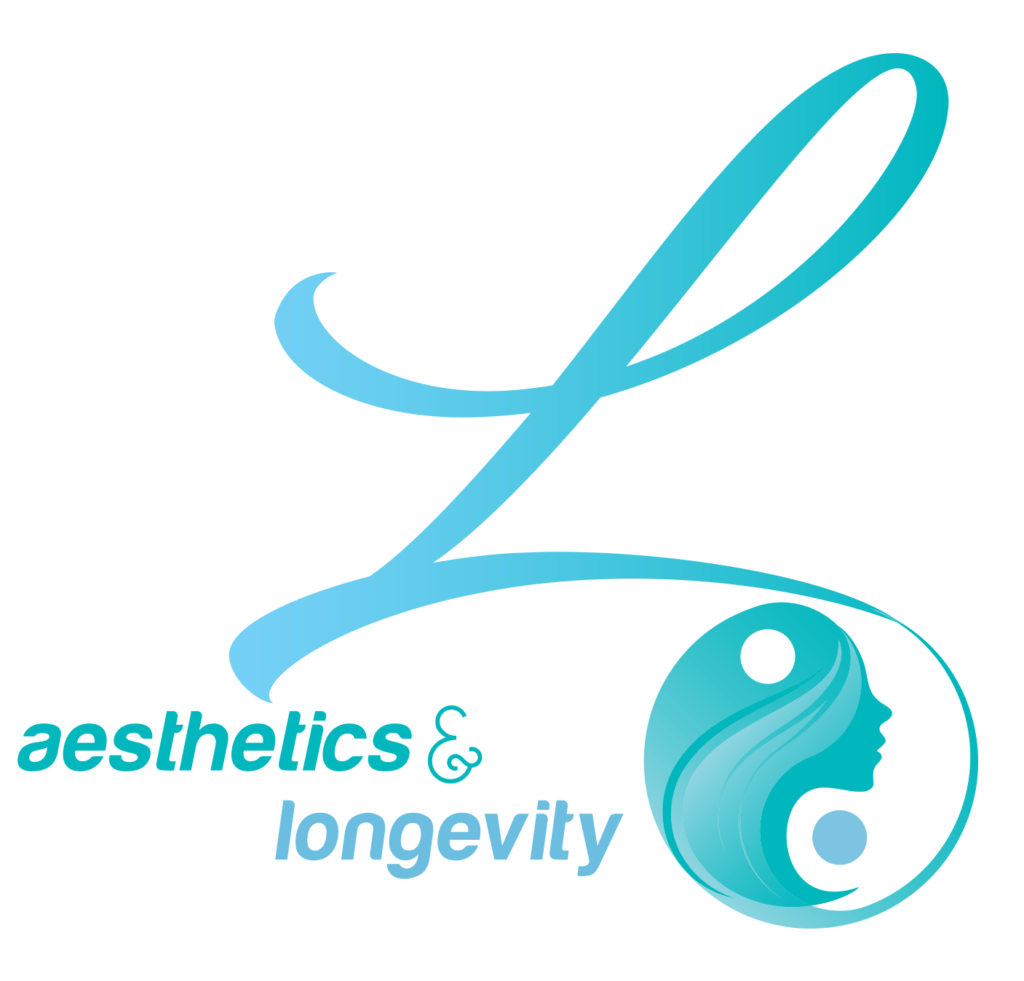Written by: Kelsie Matthews, L.E
Glycolic acid is a commonly used alpha hydroxy acid (AHA) derived from sugarcane. It is a colorless, odorless chemical exfoliant that dissolves dead skin cells. It does this by breaking the bonds between the cells, which makes it a lot easier for the dead skin to slough off or be removed.

One of the great things about glycolic acid is that it is the smallest AHA molecule, meaning it can penetrate the deepest. Although it is a water soluble molecule, and cannot penetrate or dissolve oil like salicylic acid can, it is still very effective for removing the outermost layer of dead skin we have on the surface, revealing a glowy and youthful appearance after using.
How do I use glycolic acid?
Glycolic acid is available over the counter as well as at medical clinics/spas or physicians offices. Depending on the potency of the product, oftentimes it can be found in many toners, cleansers, and serums that are available to anyone.
Another great way to use glycolic acid is in chemical peels. This is my personal favorite, as I have seen great results with my patients in office. When glycolic acid is used in a chemical peel treatment, it is typically found in a much greater percentage than what is found in topical products that are used at home in your skin care routine. Chemical peels should only be performed by medical professionals or estheticians.

Most glycolic peels come with anywhere from 20-70% glycolic acid depending on if you are wanting a light, medium, or deep peel. Light peels are superficial, and target only the top layer of the epidermis. Light peels are typically 20-30% glycolic acid. Medium peels are often 30-50% concentration of glycolic acid, reaching the papillary dermis (the layer of skin at the top of the dermis directly below the epidermis). Deep glycolic acid peels are typically 55-70% concentration. These peels penetrate through both the epidermis and the dermis to the reticular layer (the bottom of the dermis). This is the strongest type of glycolic acid peel, and should always be used under a doctor’s supervision.
What does glycolic acid do?
Since glycolic acid specifically targets dead skin, the main result is the rejuvenation of the skin. Getting rid of the top layer of dead  skin allows new cells to grow, which gives the skin a much brighter, vibrant, and youthful appearance.
skin allows new cells to grow, which gives the skin a much brighter, vibrant, and youthful appearance.
Another great benefit of glycolic acid is its antibacterial properties. Because glycolic has been shown to kill p. acnes bacteria (the bacteria causing inflamed acne), it is great for teens and adults suffering from acne breakouts. This is something that would be beneficial for such patients to use at home in their skin care routine (such as in a cleanser or toner) and/or getting treated professionally with something like a chemical peel.
Overall, glycolic can be used in many ways to rejuvenate the skin and aid in antiaging. Glycolic acid can be added into almost anyone’s routine. The best way to incorporate it is to consult with your medical provider, dermatologist, or esthetician, and they can give you instructions on what role it should play in your routine and what product will work best for your skin type and conditions.
